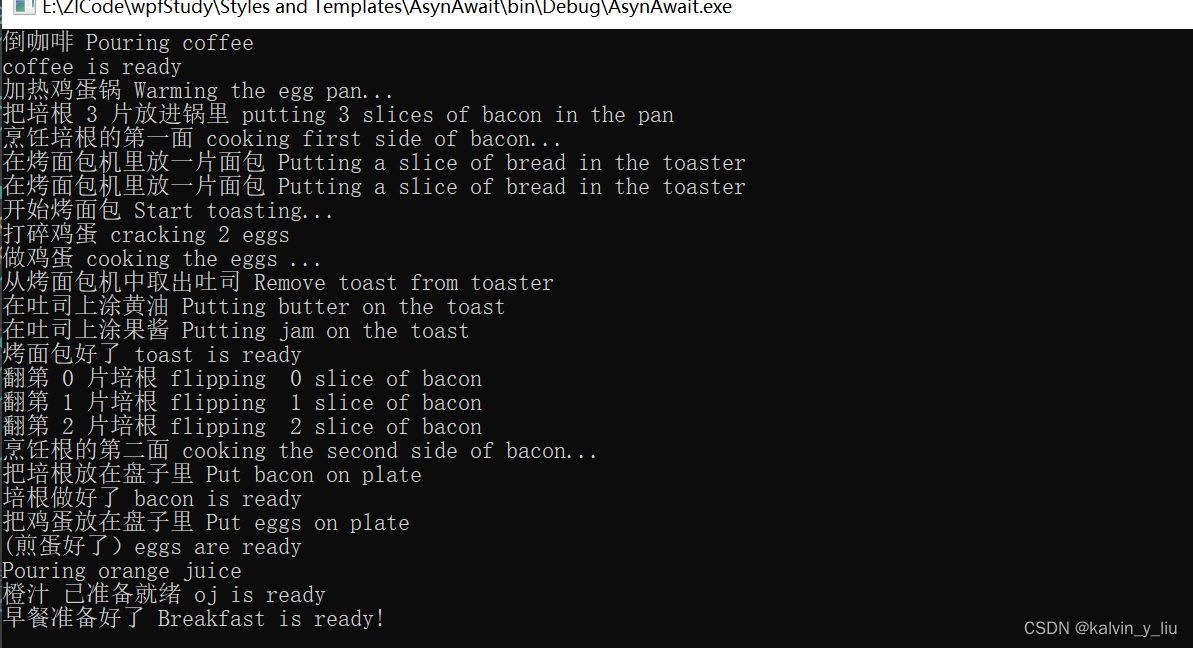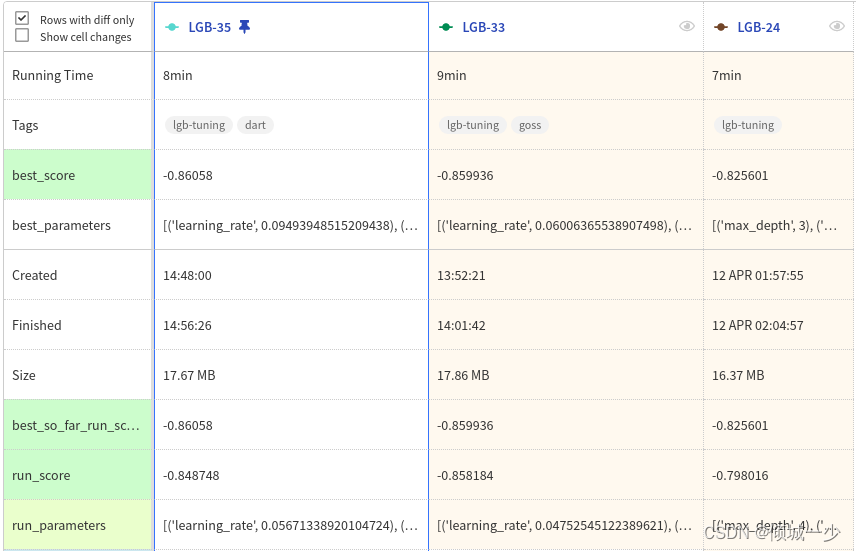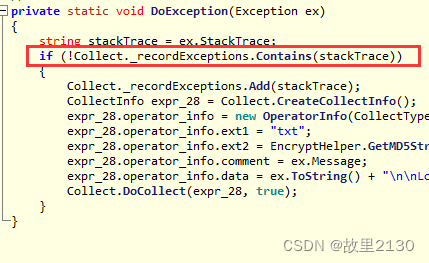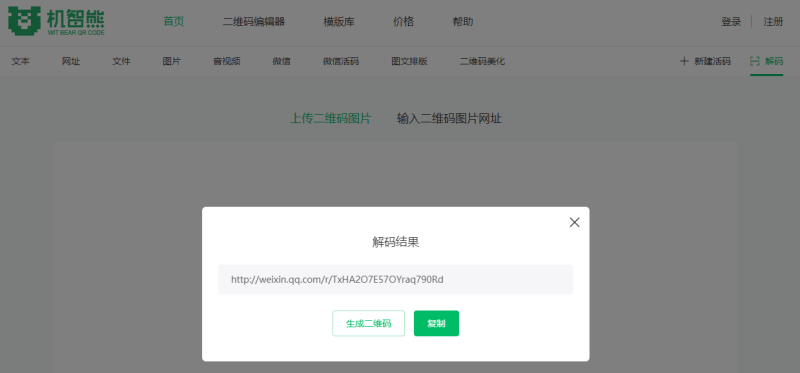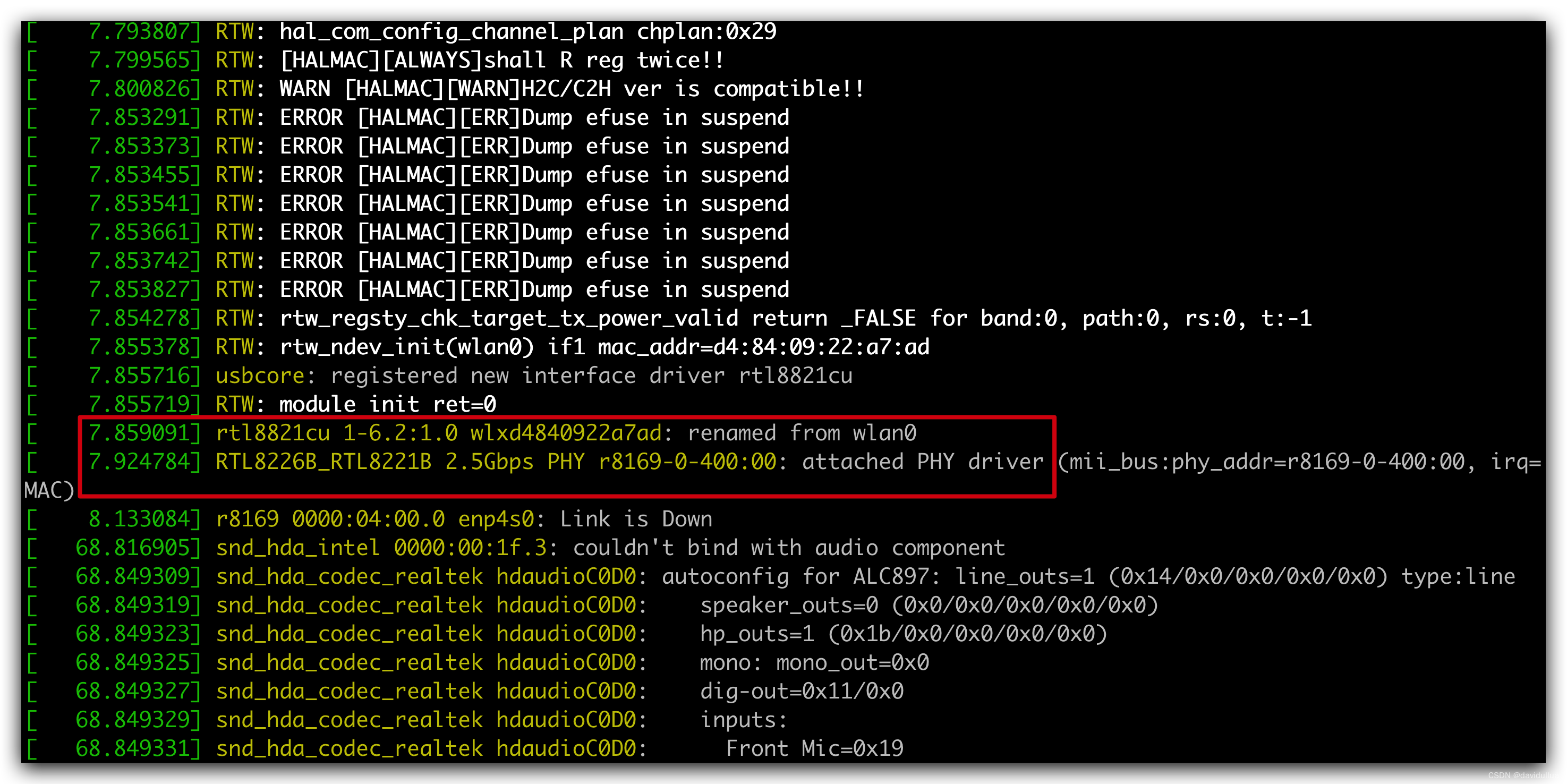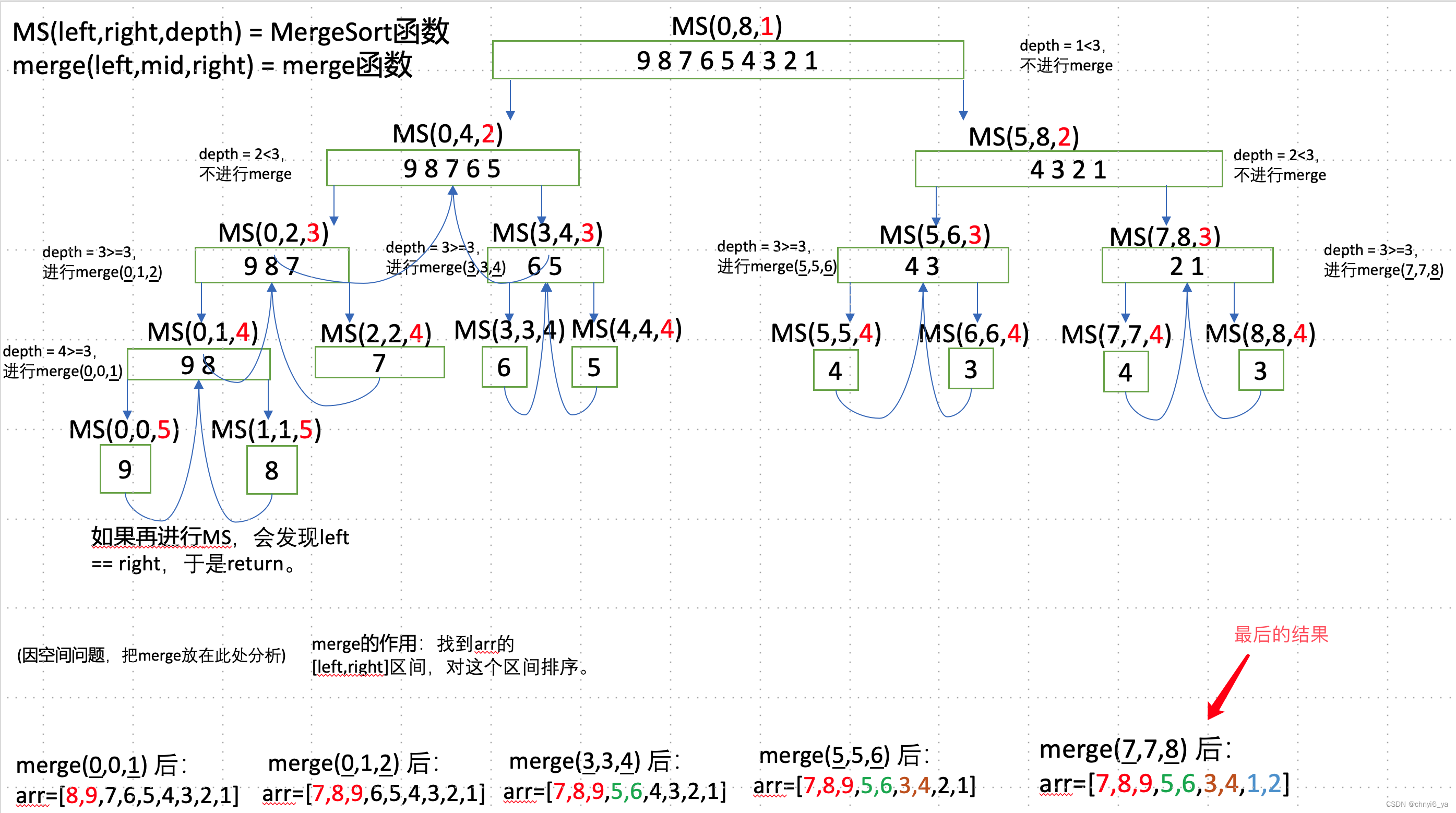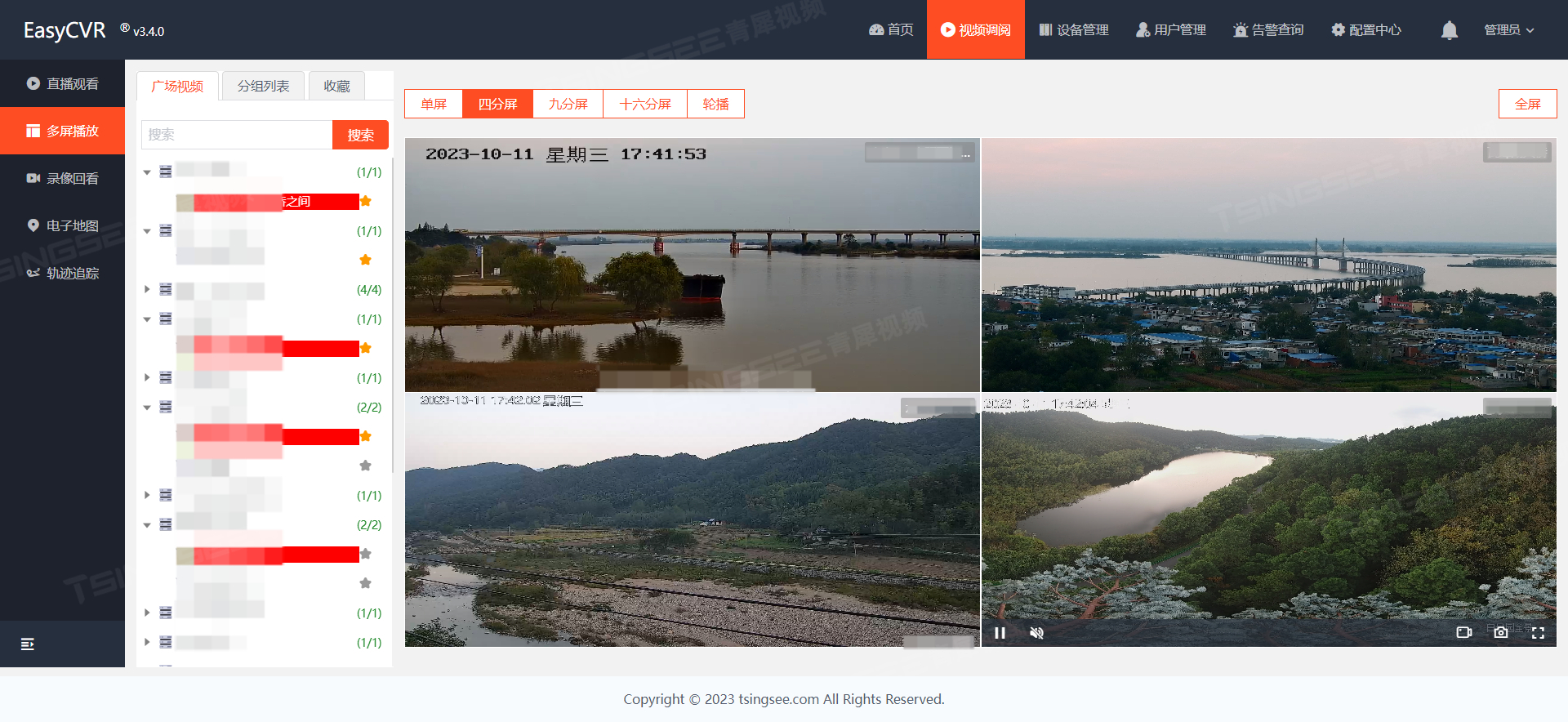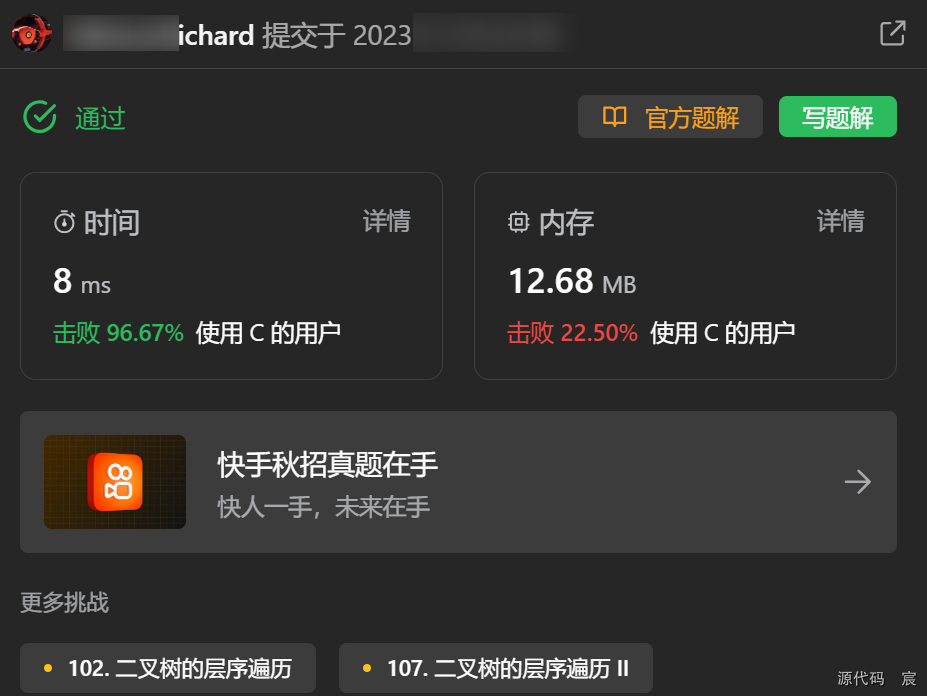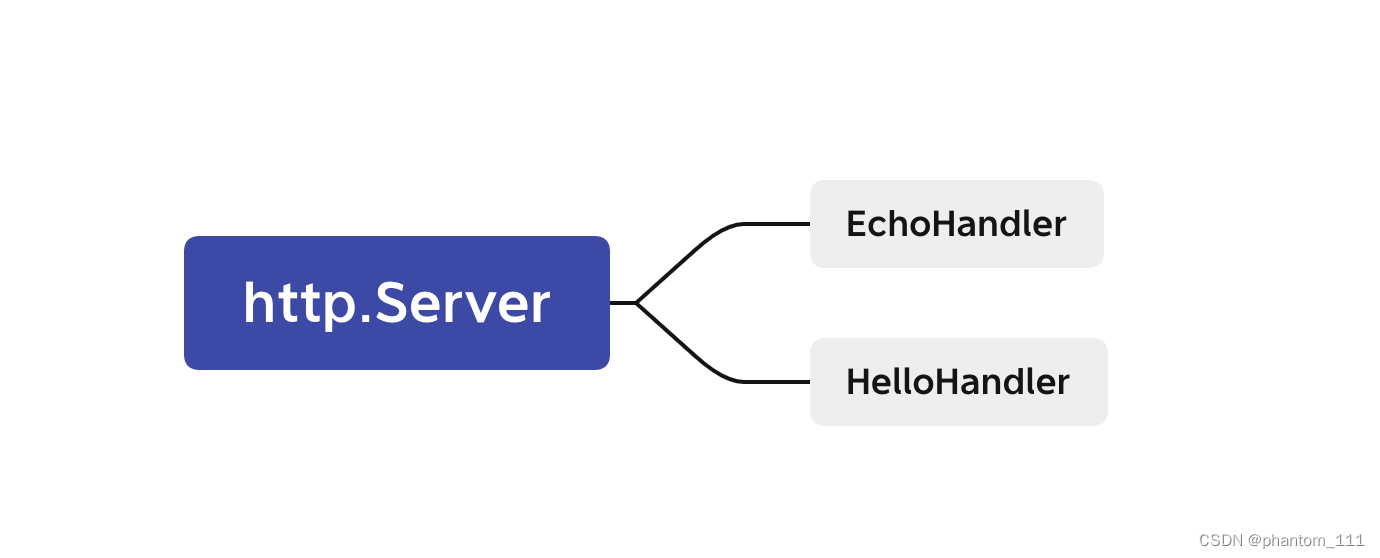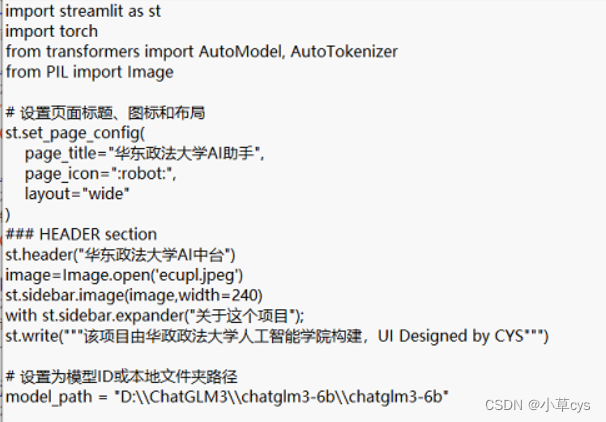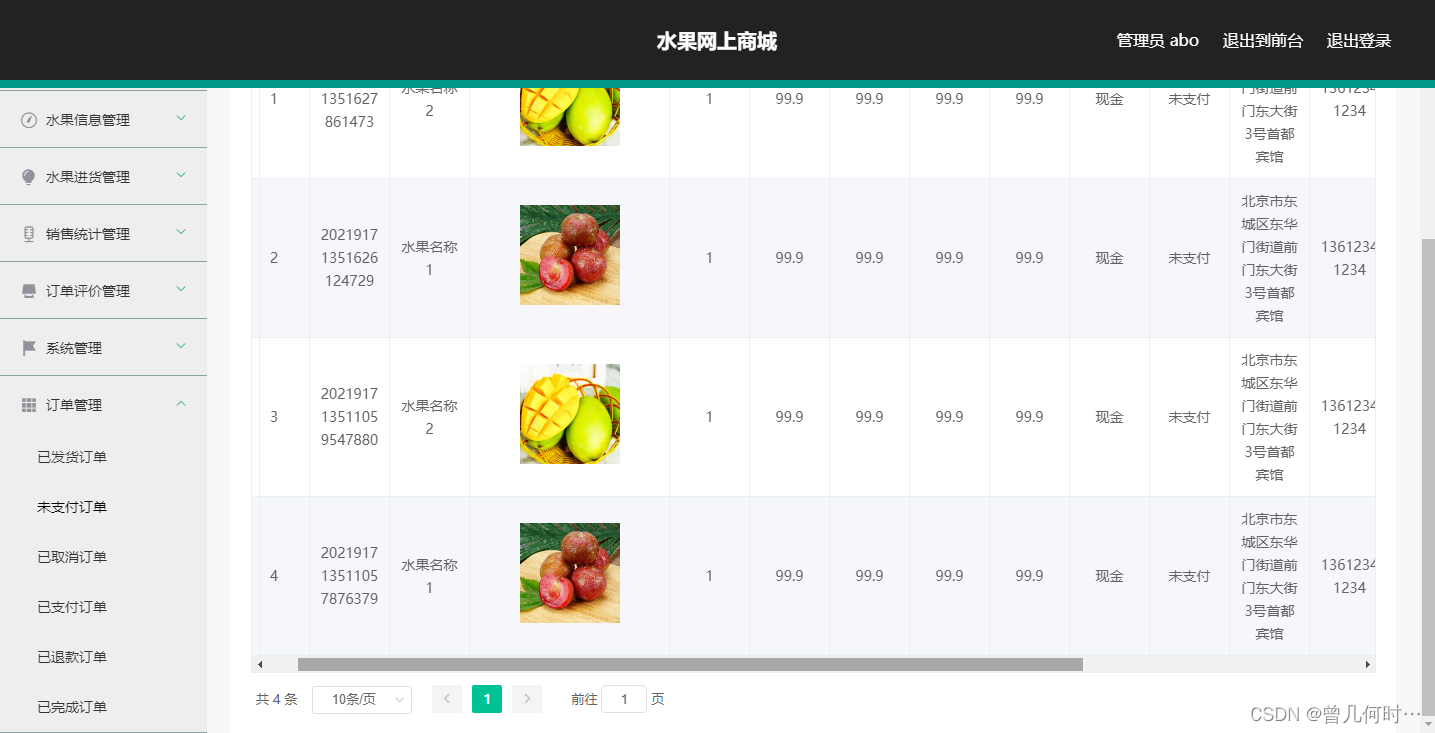1、有 try-catch 语句块,并且 throw 在 catch 语句块里,那么 try 语句块中引发异常(报错)的那一行代码的后续代码都不执行并且 catch 语句块后的代码也都不执行(遇到 finally 除外)。(见情形一和情形二)
2、有 try-catch 语句块,并且 throw 在 try 语句块里,那么 try 语句块中引发异常(报错)的那一行代码的后续代码都不执行,但是 catch 语句块后的代码会继续执行。(见情形三)
3、有 try-catch 语句块,但是没有 throw 语句,那么 try 语句块中引发异常(报错)的那一行代码的后续代码都不执行,但是 catch 语句块后的代码会继续执行。(见情形四)
4、有 try-catch 语句块,但是没有 throw 语句,如果这个异常对象与catch中声明的异常类型不匹配,程序会中断。(见情形五)
5、没有 try-catch 语句块,单纯只有 throw 抛出异常的语句块,那么 throw 后面的代码都不执行。(见情形六)
情景一
public class ExceptionTest {
public static void main(String[] args) {
String a = null;
int c = 0, d = 0;
try {
int b = a.length(); //null没有length()方法,报空指针异常错误
//下面两条赋值语句不会执行
c = 1;
d = 2;
} catch (Exception e) {
System.out.println("c的值为:" + c);
throw new RuntimeException(e);
}
System.out.println("d的值为:" + d); //本条语句也不执行
}
}
分析:null 没有 length() 方法,所以 int b = a.length() 这行代码会报空指针异常的错误,然后直接跳转到 catch 语句块去执行,打印出 c 的值依旧是 0 ,说明 c=1 没有执行故没有赋值成功,执行完 catch 里的语句后程序就结束了,System.out.println("d的值为:" + d)这行代码是不执行的,如果想要这行代码被执行,那么可以将其放在 finally 语句块内,catch 语句块执行完后就会执行 finally 语句块。
情景二
public class ExceptionTest {
public static void main(String[] args) {
String a = null;
int c = 0, d = 0;
try {
if (a == null) {
throw new RuntimeException("a的值不能是空");
}
//下面两条赋值语句不会执行
c = 1;
d = 2;
} catch (Exception e) {
System.out.println("c的值为:" + c); //会执行
throw new RuntimeException(e);
}
System.out.println("d的值为:" + d); //不会执行
}
}
分析:先抛出 if 里面的异常,跳过赋值语句的执行,直接执行 catch 里的代码,打印出 c 的初始值 0 后又接收到一次异常的抛出, 至此后续代码就不会再执行,d 的值也就不可能打印出来。
情景三
public class ExceptionTest {
public static void main(String[] args) {
String a = null;
int c = 0, d = 0;
try {
if (a == null) {
throw new RuntimeException("a的值不能是空");
}
//下面两条赋值语句不会执行
c = 1;
d = 2;
} catch (Exception e) {
System.out.println("c的值为:" + c); //会执行
//throw new RuntimeException(e); //注释抛异常的函数
}
System.out.println("d的值为:" + d); //会执行
}
}
分析:在 if 里面抛出异常后不再执行后面的赋值语句,而是直接跳出 try 语句块转而进入 catch 语句块,但是该语句块中抛出异常的函数已被注释,所以程序会继续往下执行,从而打印出 c 和 d 的初始值 0 。
情景四
public class ExceptionTest {
public static void main(String[] args) {
String a = null;
int c = 0, d = 0;
try {
int b = a.length(); //null没有length()方法,报空指针异常错误
//下面两条赋值语句不会执行
c = 1;
d = 2;
} catch (Exception e) {
System.out.println("c的值为:" + c);
//throw new RuntimeException(e); //该行注释掉
}
System.out.println("d的值为:" + d); //会执行
}
}
分析: 注释掉 throw new RuntimeException(e) 这行后,没有异常抛出,它会继续往下走,因此 d 的值能够打印出来,但是打印出来的 c 和 d 的值都是初始值 0 ,赋值语句是没有执行成功的。
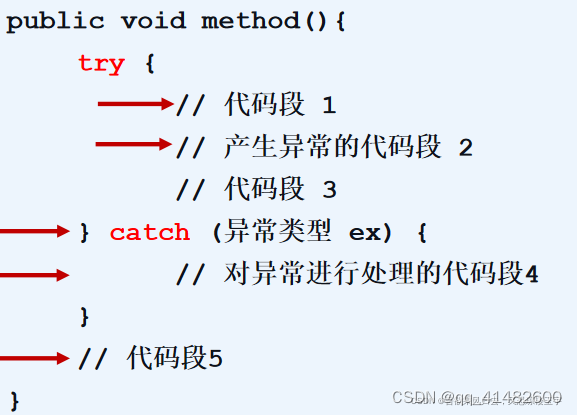
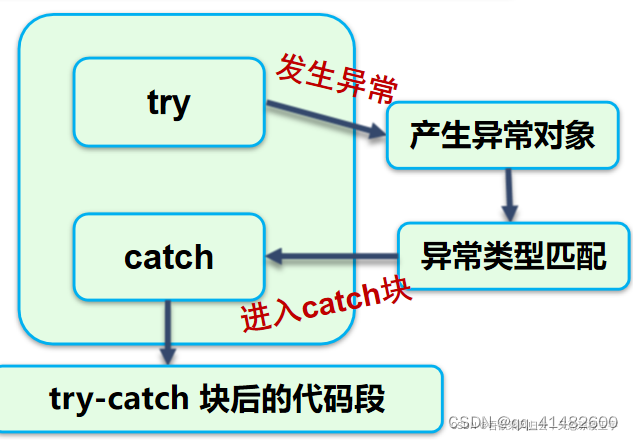
情景五
public class ExceptionTest {
public static void main(String[] args) {
String a = null;
int c = 0, d = 0;
try {
int b = a.length(); //null没有length()方法,报空指针异常错误
//下面两条赋值语句不会执行
c = 1;
d = 2;
} catch (IndexOutOfRangeException e) {
System.out.println("c的值为:" + c);
//throw new RuntimeException(e); //该行注释掉
}
System.out.println("d的值为:" + d); //会执行
}
}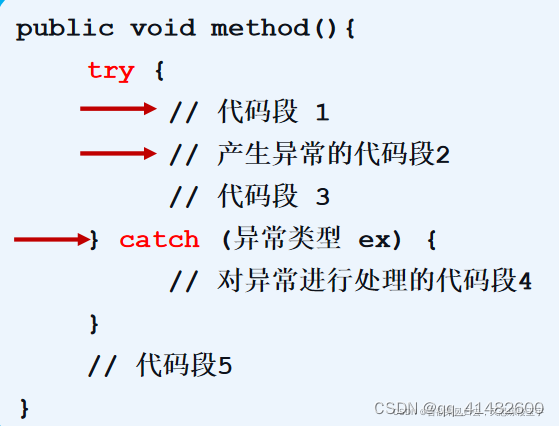

分析: 异常类型不匹配,程序中断,c与d的值都不会打印。
情景六
public class ExceptionTest {
public static void main(String[] args) {
String a = null;
int c = 0, d = 0;
if (a == null) {
System.out.println("c的值为:" + c);
throw new RuntimeException("字符串a的值不能为空"); //throw语句不在try中
}
System.out.println("d的值为:" + d); //该行代码不会执行
}
}
分析:throw new RuntimeException("字符串a的值不能为空")自定义了抛出的提示信息,可看成是一个 return 返回了相应的信息,在抛出异常后其后的代码不会再执行,因此 d 的值不会打印出来。
情景七(没有异常抛出的正常情况)
public class ExceptionTest {
public static void main(String[] args) {
String a = "null";
int c = 0, d = 0;
try {
int b = a.length(); //"null"有length()方法,正常执行
//下面两条赋值语句会被执行
c = 1;
d = 2;
} catch (Exception e) {
System.out.println("c的值为:" + c);
throw new RuntimeException(e);
}
System.out.println("d的值为:" + d); //本条语句也会被执行
}
}
分析:将 null 改为 "null" 后,length() 方法是有效的,此时 int b = a.length() 这行代码不报错,正常执行其后的两条赋值语句,所以程序不执行 catch 中的语句,故不会打印 c 的值,然后执行 System.out.println("d的值为:" + d) 这行代码,打印出重新赋值后的 d 的值为 2 。
catch{}常用的异常类型
| Exception | 描述 |
|---|---|
| SystemException | 其他用户可处理的异常的基本类 |
| ArgumentException | 方法的参数是非法的 |
| ArgumentNullException | 一个空参数传递给方法,该方法不能接受该参数 |
| ArgumentOutOfRangeException | 参数值超出范围 |
| ArithmeticException | 出现算术上溢或者下溢 |
| ArrayTypeMismatchException | 试图在数组中存储错误类型的对象 |
| BadImageFormatException | 图形的格式错误 |
| DivideByZeroException | 除零异常 |
| DllNotFoundException | 找不到引用的DLL |
| FormatException | 参数格式错误 |
| IndexOutOfRangeException | 数组索引超出范围 |
| InvalidCastException | 使用无效的类 |
| InvalidOperationException | 方法的调用时间错误 |
| MethodAccessException | 试图访问思友或者受保护的方法 |
| MissingMemberException | 访问一个无效版本的DLL |
| NotFiniteNumberException | 对象不是一个有效的成员 |
| NotSupportedException | 调用的方法在类中没有实现 |
| NullReferenceException | 试图使用一个未分配的引用 |
| OutOfMemoryException | 内存空间不够 |
| PlatformNotSupportedException | 平台不支持某个特定属性时抛出该错误 |
| StackOverflowException | 堆栈溢出 |

